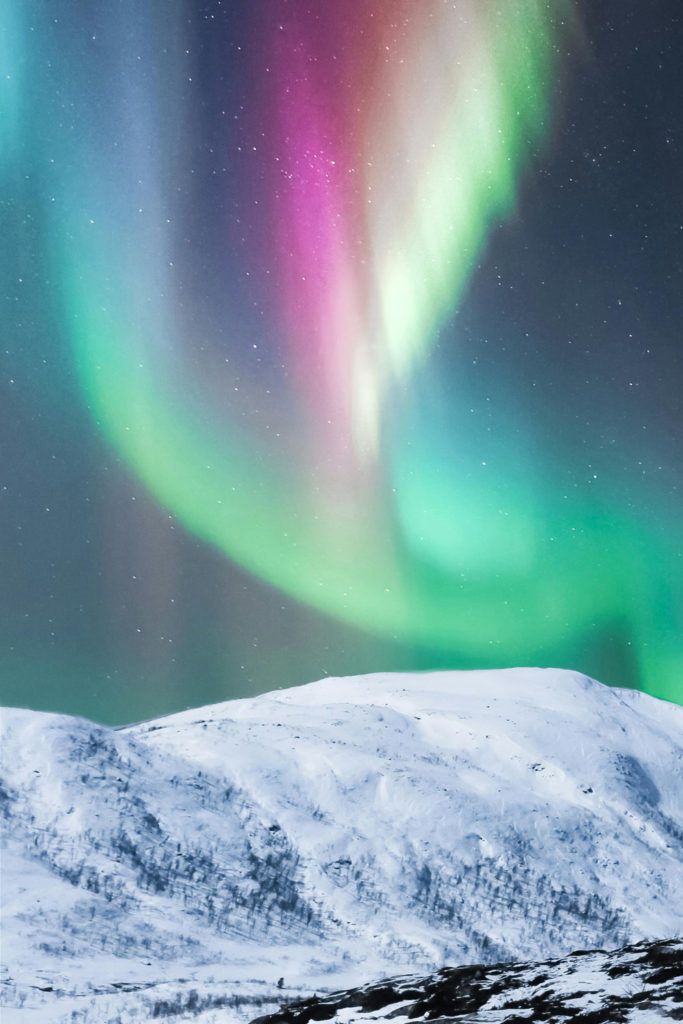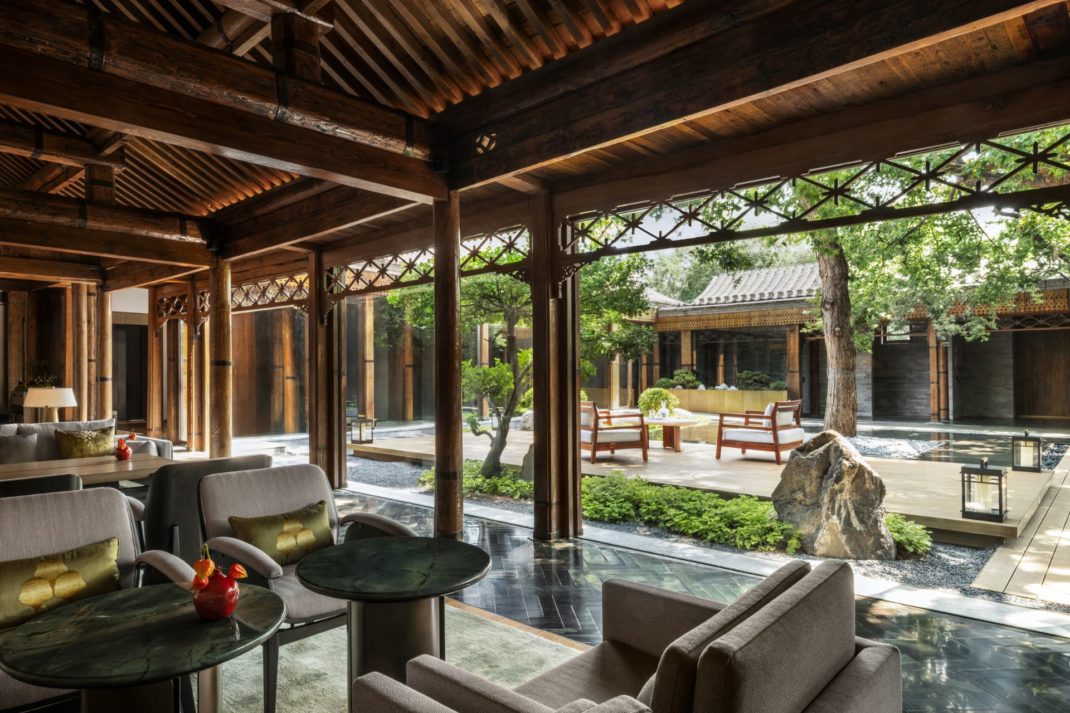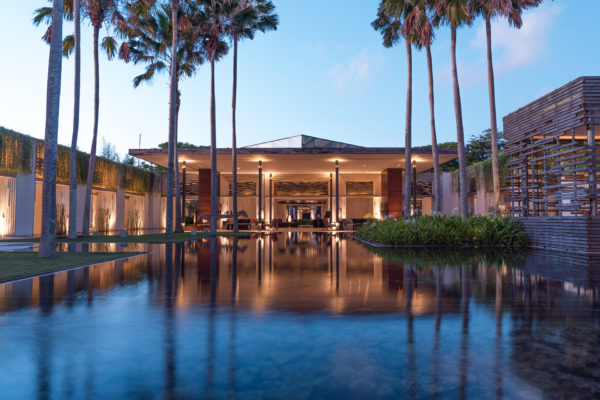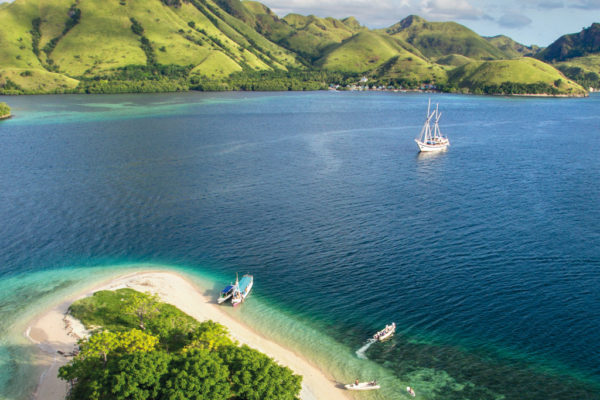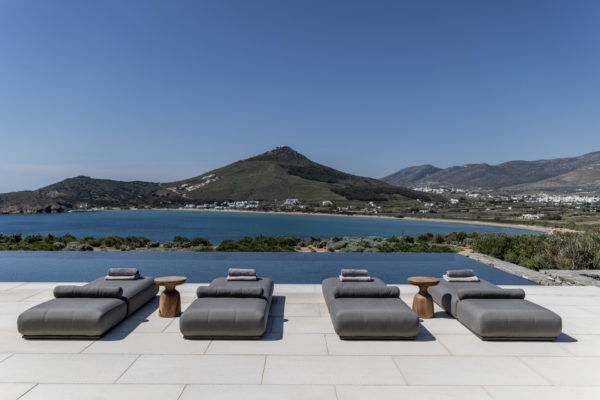Is Sumba The New Bali?
By
1 year ago
Emma Love explores the incredible Indonesian isle everyone’s talking about
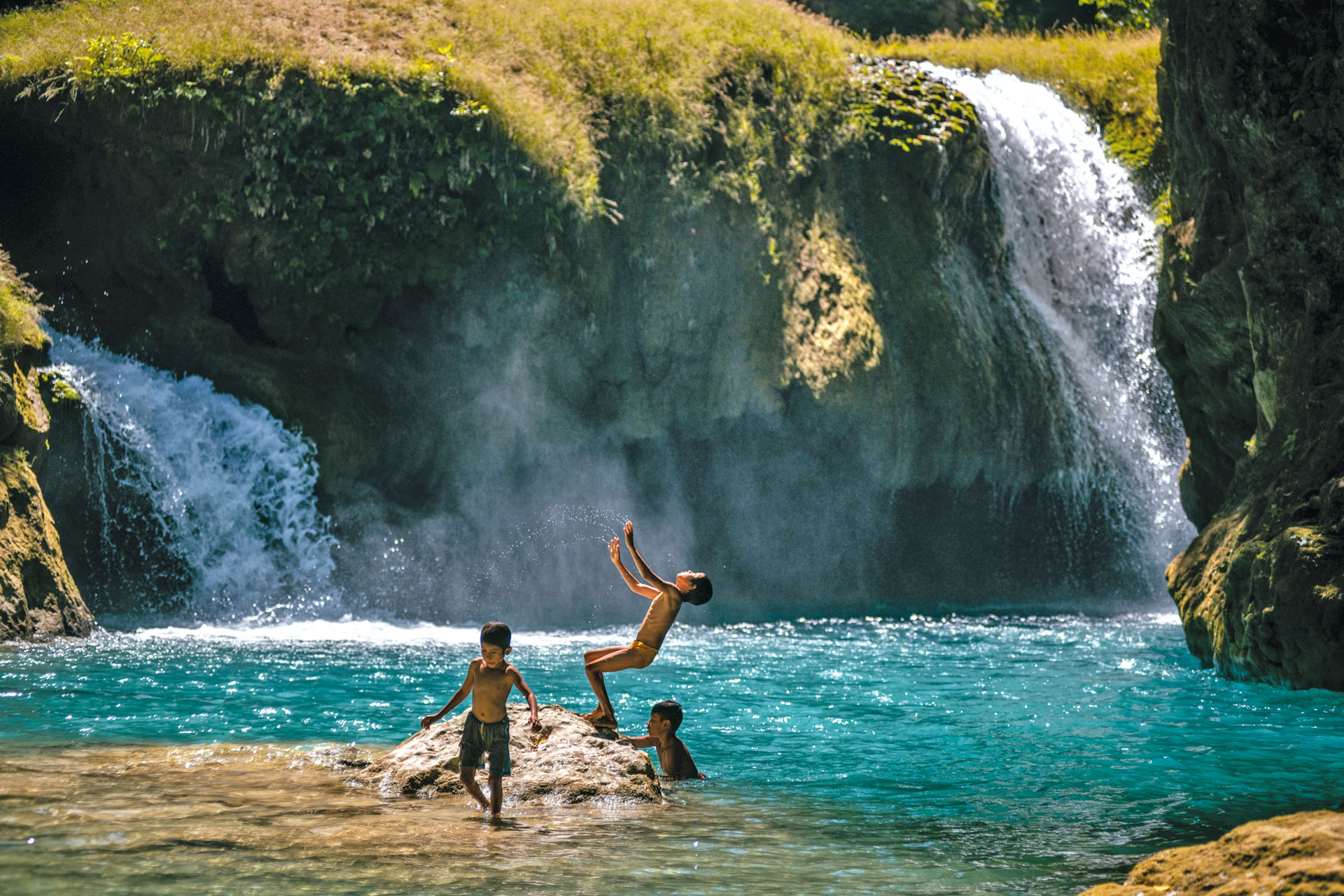
So often it’s surfers who discover little known pockets of paradise first. In the case of NIHI resort in south-west Sumba – an Indonesian island twice the size of Bali but with only about a sixth of its population – it was Claude and Petra Graves in the 1980s who were searching for the perfect wave. What they found was a left-hand point break, now named Occy’s Left (after Australian former surf world champion Mark Occhilupo). They set up a hostel behind the white-sand beach, which, in 2012, was bought and developed by American businessman Chris Burch and South Africa-born hotelier James McBride into 27 gorgeous villas, now known as NIHI Sumba.
Over a decade on, it’s Sumba’s big-draw, A-lister destination (Jennifer Lawrence, Heidi Klum and the Beckhams have all checked-in). Here, salt-licked guests tuck into nasi goreng at feet-in-the-sand Nio Beach Club for lunch, horses cool off in the ocean and the new concept at the Nihioka spa, reached by trekking through rice paddies and traditional villages, is based on wild wellness (including equine retreats and treatments such as the Sumba 7 Detox, developed with pharmacognosist and botanist Dr Simon Jackson).
The C&TH responsible travel guide
Guide To Sumba, Indonesia
After a few blissful days here, it’s easy to understand why some guests don’t get out and explore, bar an eye-opening visit to The Sumba Foundation. This has made an immeasurable difference to the lives of local villagers, through malaria clinics that have reduced the disease across the island by 75 percent (and in West Sumba by 95 percent), after-school education programmes teaching computing and English, and clean water projects. Yet not to see more of this under-the-radar island is to miss out.
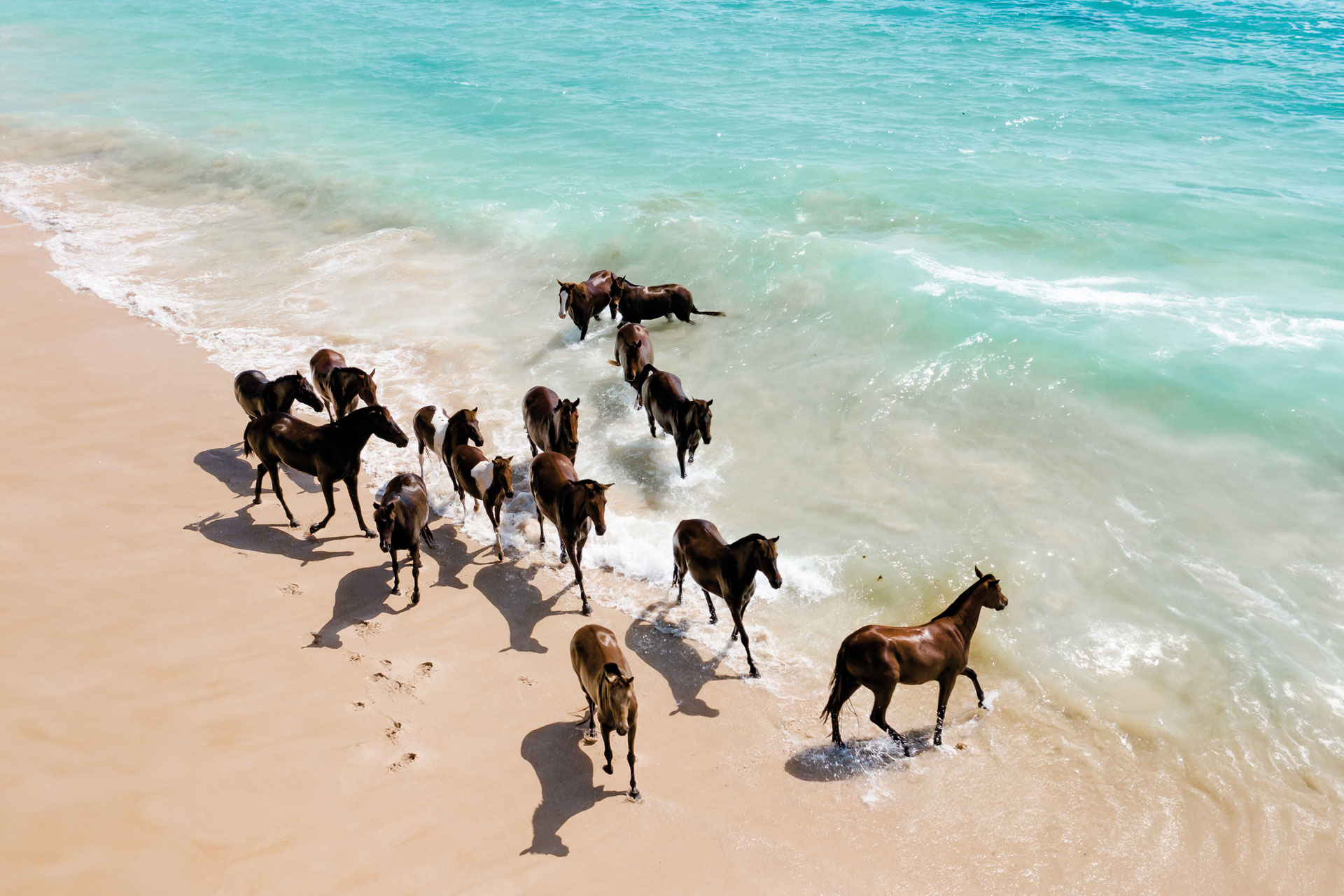
Although more than five million people visited Bali last year (where a few nights relaxing at Raffles Bali in Jimbaran Bay is a great way to break up the journey), relatively few of them added on the 90-minute flight east to Sumba, which has, until now, escaped much of the tourism spotlight. One of the biggest draws are the beaches. From NIHI Sumba, I head west to Mbawana, where after a scramble over rocks I’m rewarded with a spectacular swathe of sand all to myself. Then there’s Mandorak beach, a series of small swimming coves next to Weekuri Lagoon, where children splash about in the inviting, clear water that whooshes in from the ocean through holes in the rocky cliffs.
To understand a little about what makes this island so distinct, I visit traditional Waikaroko village, where bamboo-frame houses have thatched peaked roofs for storing and smoking meat above the central kitchen. As I sip strong, sweet, black coffee, made by a welcoming family, my guide, Jakob, translates tales about last weekend’s chicken race and tells me how income is made through fishing, farming and cashew nuts.
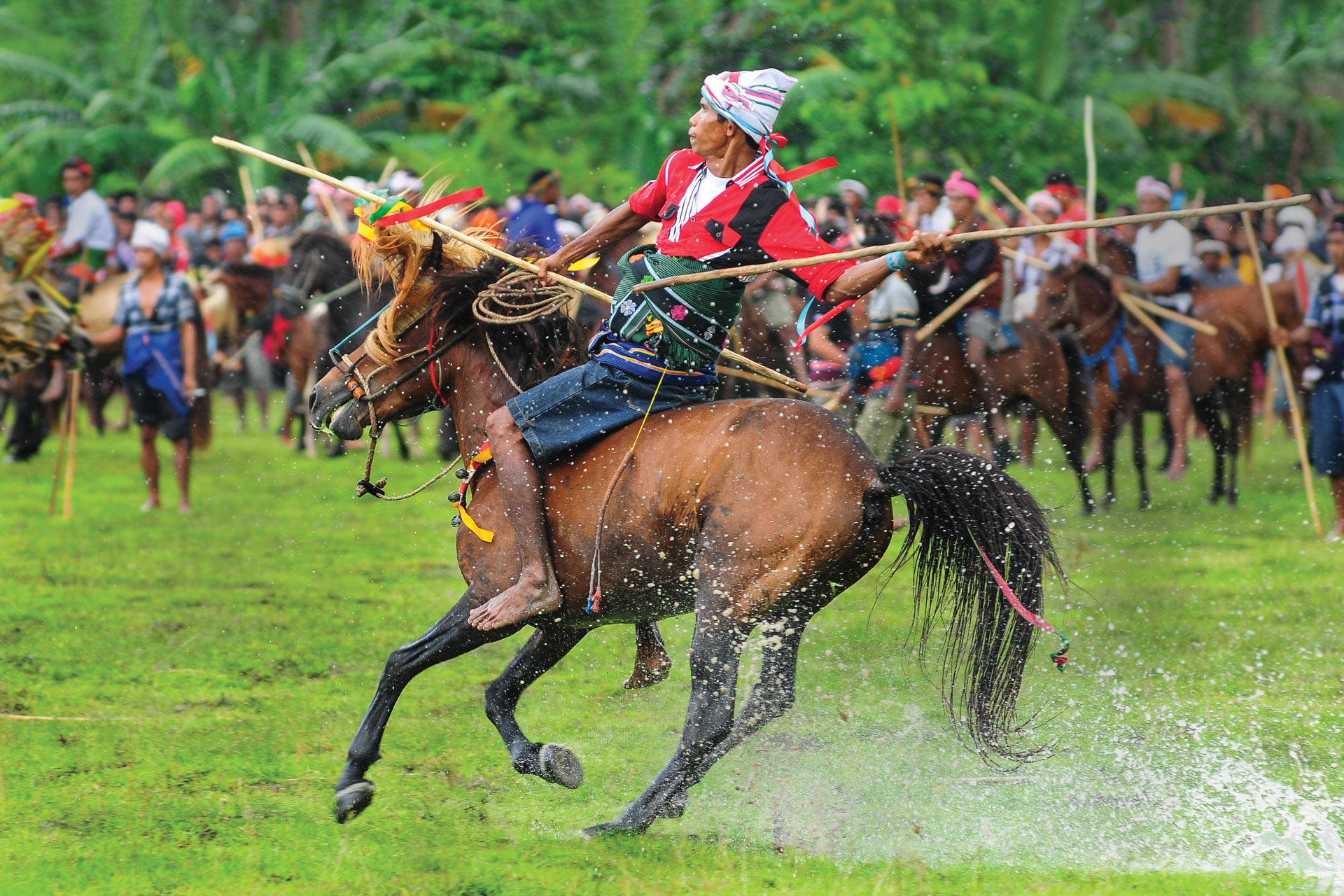
Wikimedia Commons
The entrance to the village is marked by a circle of graves – vertical blocks of granite hewn from quarries that are a key part of the island’s megalithic culture and indigenous, animist marapu religion (which often goes hand-in-hand with Christianity). Based on ancestral spirits, who are believed to live in symbolic objects such trees and mountains, marapu involves all kinds of sacrificial rites and shamanic ceremonies. The former include slaughtering animals such as buffalo or pigs to provide ancestors with food and wealth in the afterlife; the latter is typically carried out by the village rato (spiritual leader), who can decipher the fate of a person from the liver of a chicken.
Perhaps the best-known and one of the most important rituals is the pasola, which takes place in West Sumba during February and March to signify the beginning of the rice-planting cycle. Historically, men from two villages charged at each other on horseback carrying spears, with the aim of dismounting their opponents. Blood spilled was said to make the ground fertile and ensure optimum conditions for the rice harvest (today it’s more of a mock battle). Exploring Sumba and learning about practices such as this is key to the programme of activities arranged by Cap Karoso, a design-led hotel that opened last year on an otherwise deserted beach in Kodi, a region in the southwest of the island.
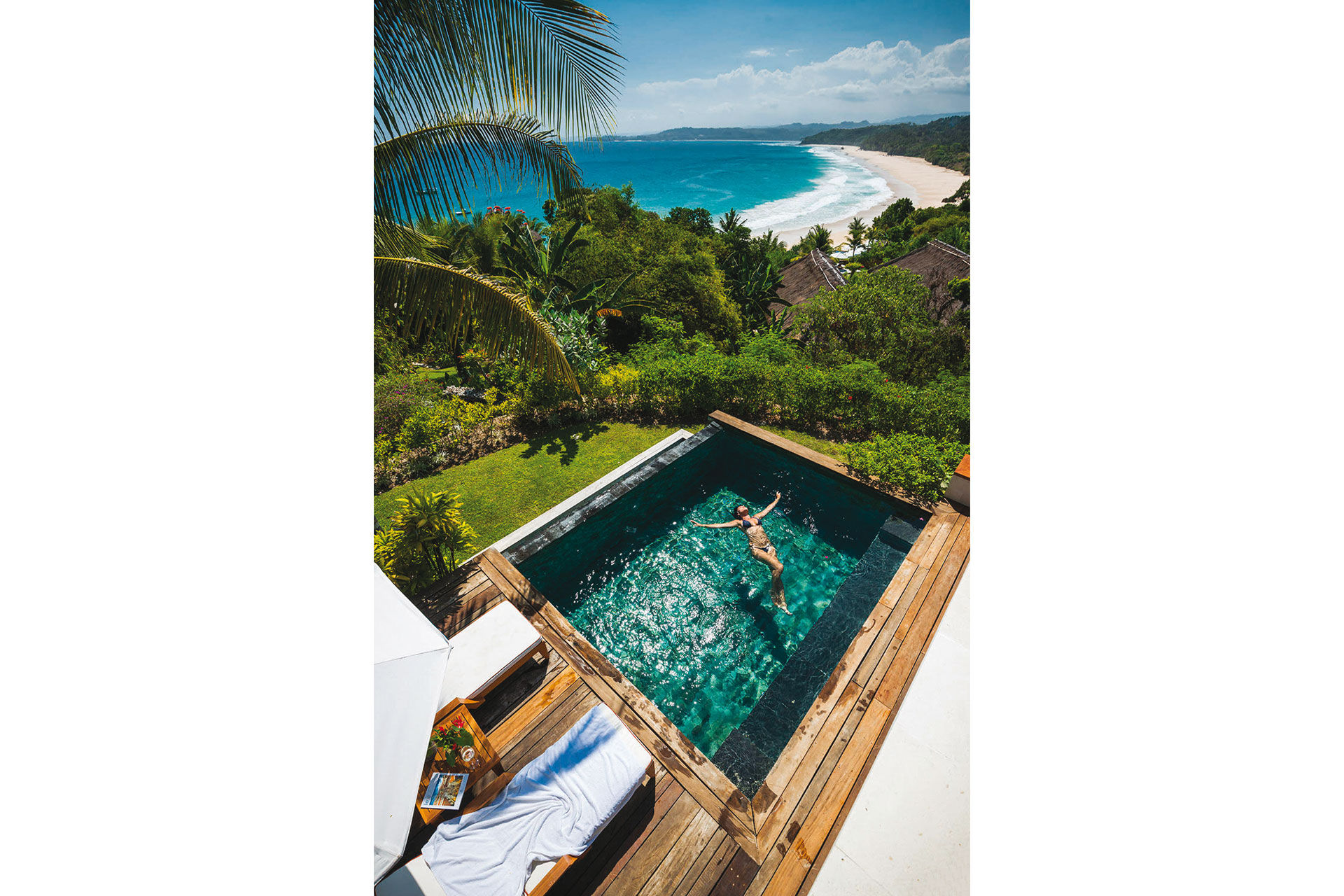
Gorgeous rooms are housed in brutalist-style, low-rise, concrete and limestone buildings that slope down to the ocean; in contrast, the spa and gym are in peaked thatch houses. The hub of the hotel is the beach club, a chic all-day restaurant and bar, with curved, rattan day beds arranged around the pool and wooden loungers dotted about under palm trees. Artists and chefs in residence (the latter at Julang, the hotel’s communal fine-dining space), as well as visiting DJs, are invited in to encourage creativity and interesting conversations but equally integral to the ethos is Cap Karoso’s connections to the community – especially evidenced through its three-hectare farm which, in the future, will offer courses in organic growing to the region’s farmers, and the artwork and textiles on display throughout the hotel, much of which is made by local artisans.
These include wooden statues by artists from Buku Bani village and, behind the reception desk, huge, hand-woven panels in shimmering shades of terracotta by renowned textiles craftsman Pak Kornelis Ndapakamang who practises the centuries-old art of ikat (the panels were produced in Bali, then he and a team of villagers used natural dyes and did all the weaving by hand). When I meet him at an afternoon workshop, he explains that the complex process has about 50 steps (his customers include Indonesian royalty) and that while abstract patterns are worn in the west, in the east, pictorial representations of animals have different meanings: a crocodile for a king or leader, dragon to depict power, lobster for incarnation. It’s another example of how nature related beliefs and ancient customs are embedded into the identity of what feels, at times, like an almost otherworldly place.
Scott Dunn offers four nights at Raffles Bali, four nights at Nihi Sumba and four nights at Cap Karoso from £4,198 pp, incl. return UK flights, domestic flights and transfers. scottdunn.com Emma’s return flights had a carbon footprint of about 5,070kg of CO2e. ecollectivecarbon.com


